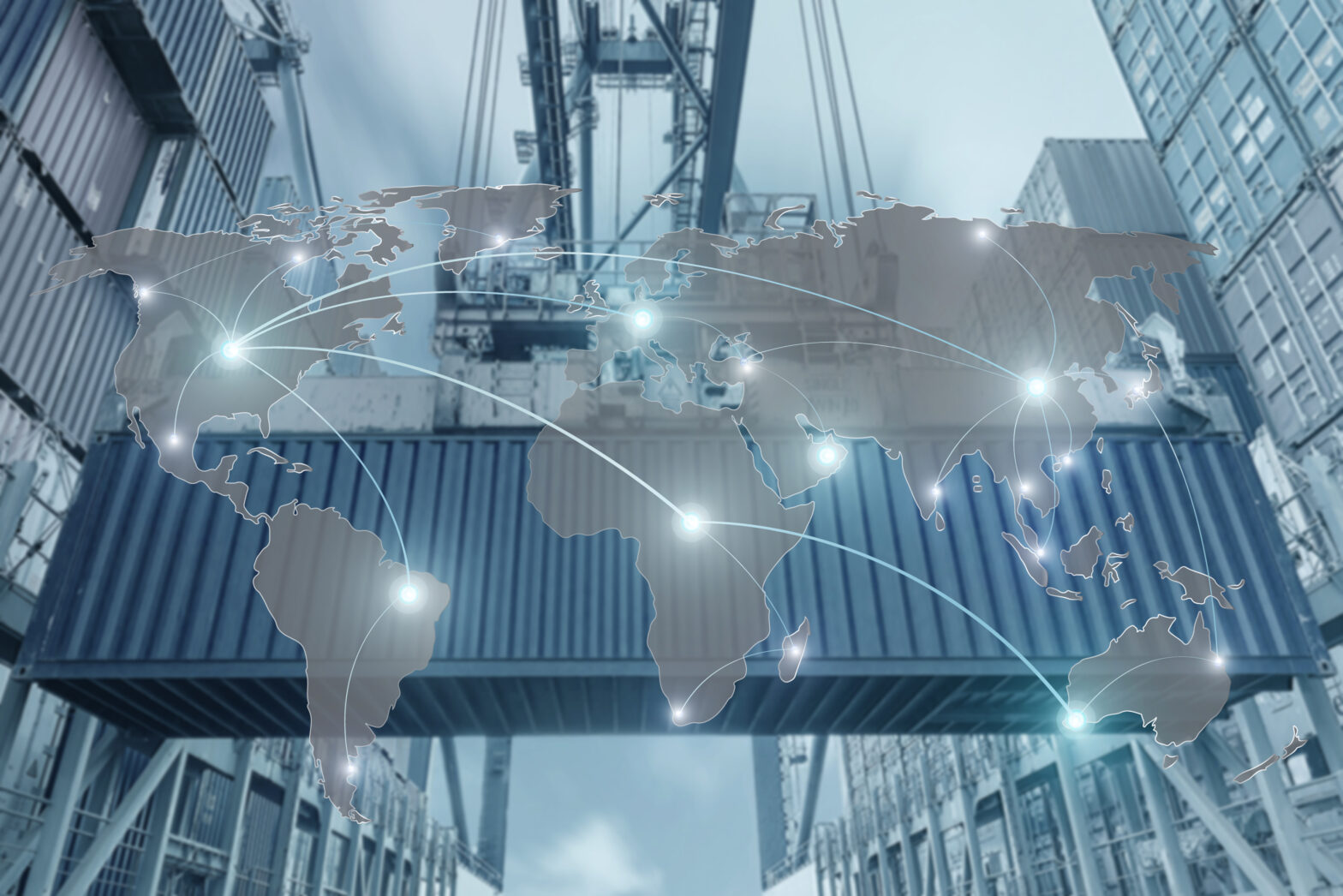The logistics industry is a competitive landscape. With a rising number of businesses and consumers demanding their deliveries faster with more flexibility; often at a low or no extra cost!
There are several key challenges facing logistics today. Including a lack of transparency, high order processing costs and slow/incorrect orders. So, as a result of rising customer expectation, more and more logistics companies are turning to tech. Because by taking advantage of digitisation, businesses will boost productivity and improve the customer experience at the same time.
Increasing process transparency
Process digitisation
An essential part of maintaining high productivity is understanding the business process. And digitisation gives logistics companies this transparency. With real-time information at every single step of their process. All the way from the order creation to product delivery.
>See also: Smart analytics improving transport and logistics sector
Increased transparency also helps with the customer service side too. Businesses are able to identify urgent orders as soon as they arrive. Responding to order status enquiries fast and with confidence. So, no more damaged customer relationships because the company has failed to meet agreements.
Businesses can use this information internally, empowering their customer relationship team. Or they can choose real-time data to show to their customers too. Giving customers peace-of-mind and better visibility of the transportation process.
So, digitisation improves the customer experience (CX) and empowers customer service teams. Increasing customer satisfaction and helping businesses to create long-lasting relationships.
Embracing the IoT in transportation
The Internet of Things (IoT) is a major driver of digital transformation. Particularly in the logistics industry. For example, sensors inside smart mailboxes can detect if they’re empty or full. Delivery drivers then know in real-time which mailboxes to focus on.
So, the IoT supports logistics business’s transportation process. And lets them optimise their drivers’ schedules. Decreasing delivery times and increasing their efficiency.
>See also: Blockchain technology will revolutionise logistics in the maritime industry
But these sensors can also improve the customer experience. Because they’re able to automatically trigger push notifications to customers’ phones. This lets them know, in real-time, when their parcel has been delivered. And to further this, there are smart mailboxes that can even keep track of their conditions. Knowing the temperature and moisture levels of the package.
This might seem like a competitive advantage right now. But tomorrow’s customer could expect this level of tracking on every one of their deliveries. So, it’s clear to see why 40% of leaders in the industry say the improved use of tech is the main focus for their growth. And a key competitive edge in the logistics marketplace.
Optimising order processing cost and time
Order process automation for efficiency
A key challenge faced by the industry is slow or incorrect orders. Slow order processing means shipping delays and unhappy customers. But it also could mean late dispatch penalties too.
And order errors will often mean more expenses for re-shipping and restocking. Logistics businesses are then forced to waste valuable time and resources correcting these errors. Both slow orders and errors end up increasing order processing costs. So, fast and accurate order processing is the key to the greatest efficiency.
>See also: Enterprise apps are advancing logistics
By automating order processing, businesses can reduce their costs by 55%. And increase the accuracy of their orders by a staggering 99.6%! Order process automation eliminates wasted time. It lets companies optimise their workforce and resources. Freeing employees up to focus on improving business processes. Instead of being stuck fixing inefficiencies.
Emerging tech
Another big cost and strain on business’s time resources in is the task of warehouse picking, which usually accounts for between 55% and 65% of total operational costs. Many companies are turning to emerging tech to reduce these costs.
Augmented Reality (AR) is a game-changer for warehouse operations. With many companies using AR to deliver on-screen instructions, graphics and real-time info. This ensures every employee has the essential information they need at all times. All while reducing overall operational costs.
For example, Samsung has introduced the technology to their warehouse operations. And as a result, saw a 22% increase in productivity and a 10% reduction in errors. AR speeds up order processing and reduces the frequency of order errors. This has a huge impact on customer service, helping logistics businesses to build a loyal customer base. And a reputation for excellence within their industry.
>See also: Connectivity challenges threaten to derail logistics sector’s IoT ambitions
The logistics industries are undergoing rapid change. To stay at the front of the pack, businesses must be ready to use game-changing technology to improve their processes.
Companies in the logistics sector need to take advantage of digitisation, order processing automation and emerging tech. But more importantly, by embracing this tech, they’ll be freeing up resources to focus on process innovation, which helps them not only match expectations but exceed them. Putting them at the front of the pack and at the cutting edge of the logistics industry.
Sourced by Tim Isaac, marketing assistant at Sonin







